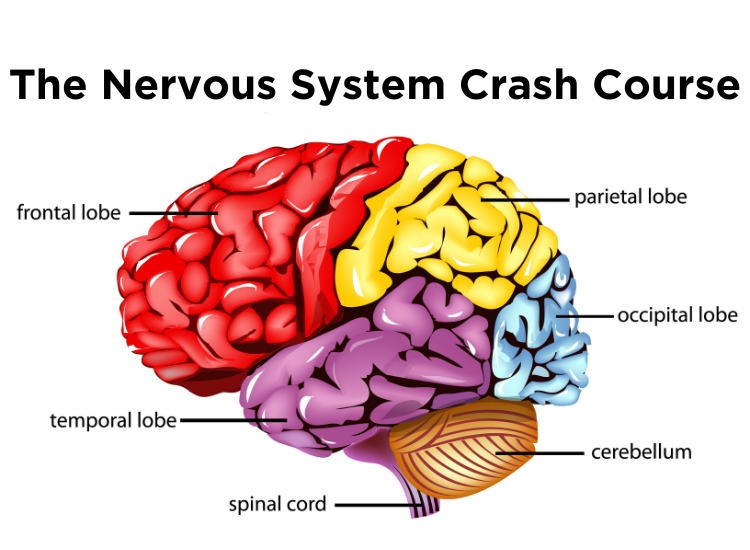Our Three-Part Series on the Nervous System
There are many different parts of the nervous system, each with its function and vulnerabilities to damage and disease. This is the first of a three-part blog:
- This blog gives a basic overview of the nervous system.
- Next, we will discuss which disease states impact which parts of the nervous system.
- Our third blog will discuss how BeCare Link can help detect and locate nervous function and monitor disease progression or improvement once a diagnosis has been made and treatment begins.
The nervous system is divided into two parts: the central and the peripheral nervous system. Different disease states affect only the central nervous system and others only the peripheral nervous system.
The Central Nervous System
The central nervous system is comprised of the brain and the spinal cord. One can think of the brain as the command center that interprets information and controls memory, thoughts, mood, movement, sensation, balance, and more. The fibers from the brain descend to the spinal cord.
The Brain
The brain is divided up into different lobes: the frontal lobes, the parietal lobes, the temporal lobes, and the occipital lobes. Each lobe has a different function. In general, the right-sided lobes control the left side of the body. Conversely, the left-sided lobes control the right side of the body.
The Functions of the Lobes of the Brain
In short, here are the functions of the five lobes of the brain:
- Frontal lobe: Emotional expression, movement (motor cortex), problem-solving, language, and impulse control.
- Temporal lobe: Memory, hearing, speech processing
- Parietal lobe: Interprets sensations like taste, touch, smell, and spatial orientation.
- Occipital lobe: Vision
- Cerebellum: Balance and coordination.
The Spinal Cord
The spinal cord can be thought of as a telephone pole. Each nerve root exits the spinal cord at a different level to attach and serves a different part of the body (i.e., arm, leg, internal organs). Once the nerve root exits the spinal cord, it is part of the peripheral nervous system.
Cranial Nerves
The cranial nerves are one exception to the distinct division between the central and peripheral nervous systems. Twelve cranial nerves on each side of the head perform different functions like eye movement, mouth movements, sensation to the face, and swallowing. These cranial nerves originate at the connection of the brain and spinal cord, called the brainstem. Before they exit the brainstem, they are part of the central nervous system. Once they exit the brainstem, they are part of the peripheral nervous system.
Conclusion
This general overview of your nervous system will help you better understand what can go wrong with it, which is the first step to identifying illness and seeking treatment. Stay tuned for the next blog, which will highlight nervous system disease.
